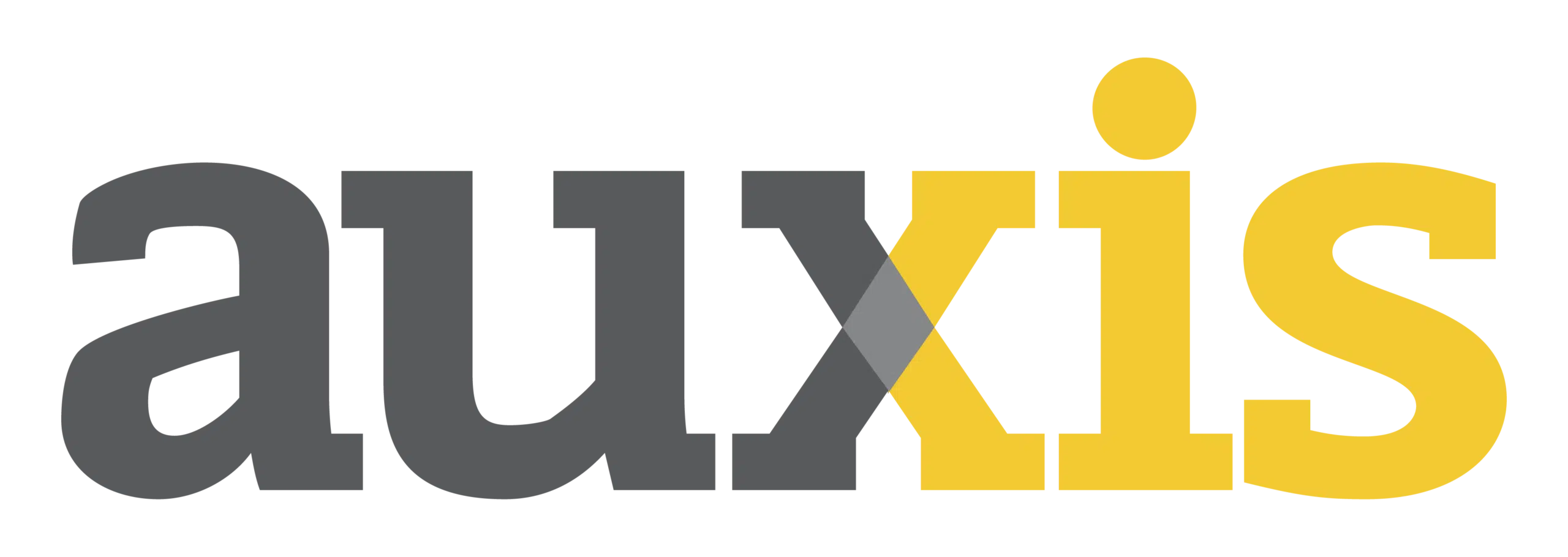Client Profile
Our privately backed client is a global leader in industrial machinery manufacturing, specializing in extrusion and converting technology. The company has grown to 1,400+ employees worldwide since it was founded 175 years ago, and has manufacturing and technical facilities in the U.S., Canada, China, Germany, Finland, and more. It also maintains a network of independent sales agents and suppliers in nearly every country it has a presence in.
Business Challenge
Like the Finance Departments in many organizations, our client needed to modernize its month-end close process. A common pain point for Finance teams, the financial close is rife with tedious, time-draining tasks like tracking down data from other departments, ensuring every transaction is recorded, and catching and correcting errors.
Our client’s monthly close process is complex: 12 global subsidiaries perform individual closes on 8 different ERP systems that must be consolidated into a single financial statement by the corporate Finance team. Unfortunately, extremely manual, time-consuming activities dominated the process, triggering inefficiencies and a high risk of errors.
At 7 days, the client’s cycle time for completing its monthly consolidated financial statement exceeded the industry best practice of 4 days (according to benchmarking data from APQC (American Productivity & Quality Center)) and the average cycle time of 6 days.
The client had hired Auxis to perform a financial close optimization assessment – analyzing its current close and consolidation processes, identifying improvement opportunities, and recommending changes to improve data quality, automation, and internal controls. To learn more about the assessment and the clear path it provided for improving inefficiencies in our client’s processes, read our case study, “Optimizing the Financial Close & Consolidation Process.”
As part of the assessment, Auxis and the client agreed that implementing a cloud-based financial consolidation tool was essential to modernization – streamlining, automating, and accelerating its cumbersome, manual activities.
But with so many consolidation tools on the market, the client knew it required assistance selecting the most appropriate month-end close software to its budget and needs.
Solution & Approach
Pleased with the success of its financial close optimization assessment, the client hired Auxis to spearhead selection of its financial close software. With 25+ years of expertise, Auxis came to the table with a proven methodology for quantitative and qualitative software selection that has been executed successfully for customers across multiple industries.
Key solution steps included:
- Defining close software requirements. The Auxis team thoroughly assessed and documented the client’s business, technical, and functional requirements for a long-term financial consolidation solution. It relied on recommendations delivered by our financial close optimization assessment, as well as additional client input.
- Weighing business priorities. Auxis helped the client rank its requirements in a Functional Needs Matrix. Together with the client, we established weighting criteria that ensured the evaluation of financial close software solutions prioritized what was most important to the business.
- Selecting in-scope vendors. The Auxis team combined deep knowledge of month-end close software tools on the market with extensive research into top-rated options to identify 8 financial consolidation solutions that could best meet the client’s needs. Chosen vendors were notified about the pending RFP (Request for Proposal).
- Preparing & issuing an RFP. Auxis drafted an RFP that detailed the requirements matrix, as well as key information like the client’s subsidiary structure and ERP systems to ensure proper integration. To weigh long-term benefits and growth, Auxis also asked vendors to provide future roadmaps and discuss their approach to solution enhancements.
- Normalizing vendor responses. An important benefit that Auxis provides is normalizing vendor responses to deliver the same meaning. For instance, while a vendor may claim to provide certain capabilities, understanding their complexity is equally important. Out-of-the-box functionalities should not score the same as capabilities that require integrations or other tools to meet requirements.
- Scoring and weighting results. Auxis used its established templates and the client’s requirement rankings to create weighted scorecards, impartially evaluating how presented capabilities compared to business requirements. Auxis also used RFP submissions to identify and address functional gaps and compare licensing costs.
- Financial close software demonstrations. After initial scoring narrowed the vendor field to 3 finalists, Auxis facilitated software demonstrations. The shortlisted vendors provided a deep dive into their tool’s capabilities and greater detail about client concerns like security protections.
- Final score and executive summary. After the demos, Auxis used new information and the client’s weighted criteria to update solution scores – requesting two vendors with similarly high results to present their best pricing. With final licensing costs in hand, Auxis conducted an executive review to discuss project results and next steps for software acquisition and implementation.
Results
Auxis’ robust methodology, impartial scoring system, and expert guidance helped the client select the financial consolidation software package best suited to its needs. The client is currently in the early stage
of the implementation process.
Key benefits include:
